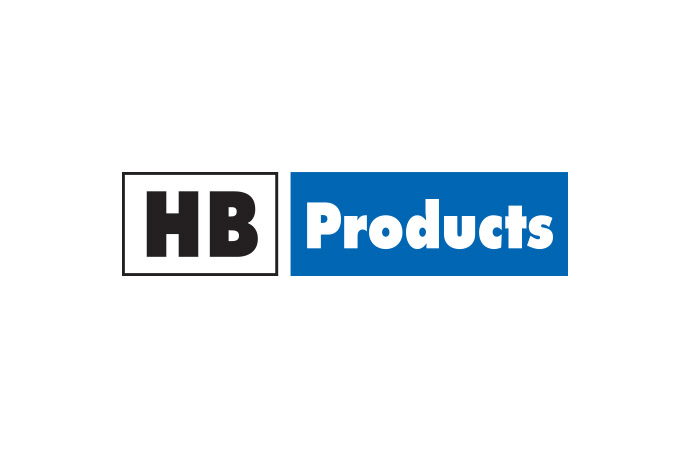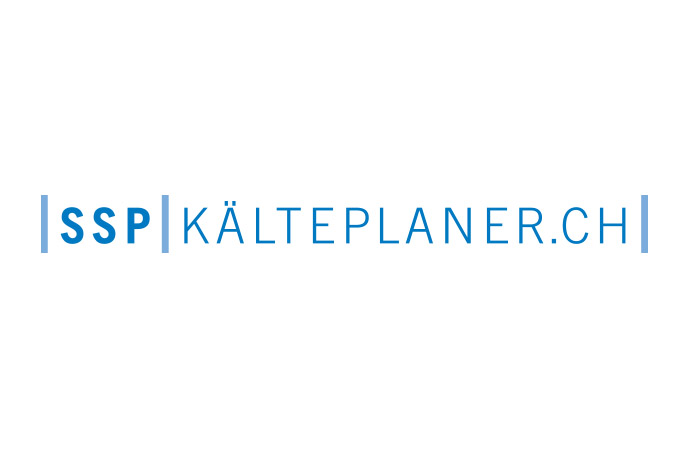Ammonia used in industrial refrigeration systems requires safety protocols, employee training, proper maintenance and operation of equipment and risk management plans. Around the world however, ammonia releases continue to affect communities and cost millions. More action is needed to ensure health safety procedures are followed and to protect human health.

A natural refrigerant with zero global warming potential (GWP) and zero ozone depletion potential (ODP) ammonia is a future-proof refrigerant for the HVAC&R industry. However, at higher concentrations the sharp smelling gas has a number of deleterious health effects including temporary blindness and eye damage and irritation of the skin, throat and mucous membranes. Even though for the most part ammonia refrigeration systems operate without incident, leaks and spills continue to occur each year pointing towards a lack of understanding of the impact of ammonia release on businesses and communities.
Costly ammonia releases in the US
On 16 August 2011, an ammonia leak at Union County poultry plant in the US forced the evacuation of 550 employees and 25 families who lived nearby. Although no injuries were reported, the plant was damaged and State officials have fined the plant for more than $107,000 (€80,300).
According to official reports, the leak was the result of the following failures:
- Several pieces of equipment had not been inspected since 2009;
- The plant's emergency plan didn't include procedures to determine safe exit routes and assembly areas;
- The plan did not specify the personal protective equipment emergency responders were supposed to wear if a leak occurred;
- On the day of the leak, the emergency plan wasn't implemented;
- After the leak was confirmed, employees attempting to locate the source of the leak didn't use eye, face, body and respiratory protection.
In 2009 a South San Francisco salami factory twice released 200 pounds (90 kg) of ammonia hospitalising more than a dozen. The company will now have to pay nearly $700,000 (€525,000) for Clean Air Act violations.
The leak was the result of the following:
- Failure to perform a hazard analysis;
- Failure to develop and implement safety protocols;
- Failure to properly train employees;
- Failure to update safety information;
- Failure to perform pre-start up safety review of new equipment;
- Failure to update the risk management plan;
- Failure to notify the Environmental Health Services Division of plans to modify equipment.
Preventing and responding to leaks and spills
To avoid accidents proper staff training is essential, and each employee must understand his or her role within these plans to ensure their proper implementation when needed.
In addition the ammonia refrigeration system must be properly built to accepted Codes and Standards and operated by qualified operators that can not only ensure the systems are run safely but also efficiently. Regular maintenance to ensure the refrigeration system is in good condition is also essential.
Whilst these steps will help prevent accidental leaks, facility owners must still plan for emergencies as impacts to piping or system evaporators, corrosion, and vibration can nevertheless lead to leaks and spills. Emergency plans should include evacuation routes, the designation of employees with responsibility to ensure everyone leaves affected buildings and areas, and contacting local fire departments or HAZMAT teams.
Finally ammonia safety days aiming to raise awareness for people in the refrigeration industry and first responders about the benefits and hazards of ammonia are an important tool in helping reduce the risk of ammonia contamination
MORE INFORMATION
Related stories












_1522327086.png)




